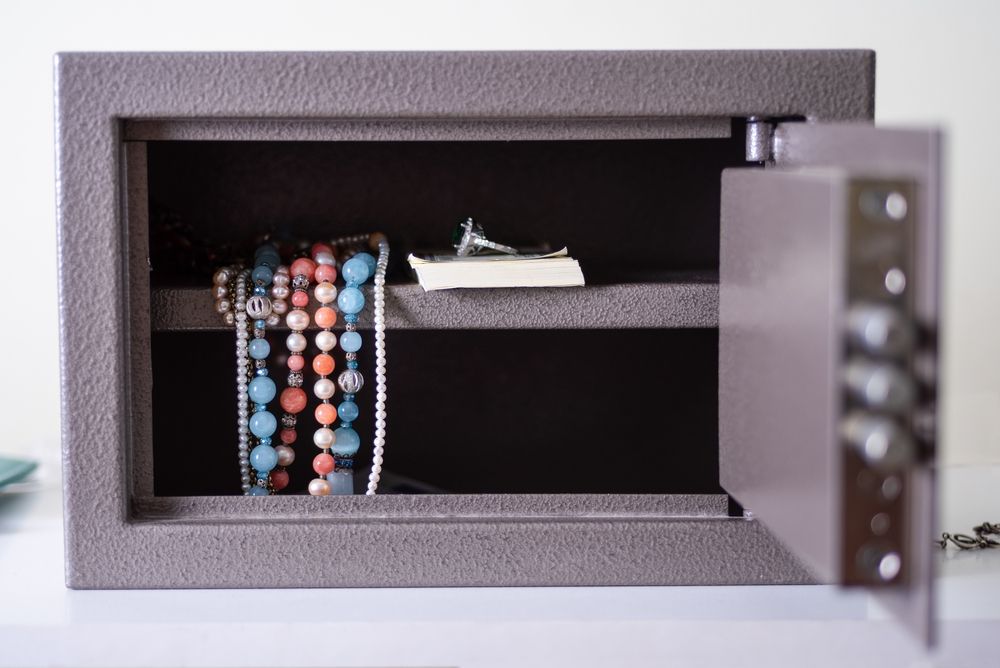
Welcome, dear readers! Whether you’re a connoisseur of fine jewelry or have recently acquired your very first heirloom piece, one thing is certain: your jewelry holds both financial and sentimental value. As such, safeguarding these treasures against loss, theft, and damage is not just prudent—it’s essential. Today, we delve deep into the sparkling world of jewelry insurance, offering you a comprehensive guide to ensure that your beloved baubles are well-protected. So, let’s explore the ins and outs of jewelry insurance together.
Understanding Jewelry Insurance Coverage
When we talk about jewelry insurance, we’re referring to a policy that offers financial protection against the unexpected. But what exactly does it cover? Typically, jewelry insurance policies cover loss, theft, damage, and sometimes even mysterious disappearance. It’s crucial to understand that not all policies are created equal; coverage can vary significantly from one insurer to another.
For starters, a good policy should cover the full value of your jewelry. This means in the unfortunate event of a loss, you would be compensated for your item’s current market value or the amount it would cost to repair or replace it. Some policies might offer actual cash value coverage (the item’s depreciated value), while others provide agreed value coverage (a set amount agreed upon by you and the insurer).
It’s also important to check if your policy has any geographical limitations. Some policies only provide coverage within your home country, while others offer international protection, ideal for those who travel.
Lastly, consider the claims process. In the event that you need to file a claim, the process should be straightforward and hassle-free. Look for insurers that have a reputation for fair and prompt claims settlement.
Evaluating Your Jewelry’s Worth
Before you can insure your jewelry, you need to know its value. This means getting a professional appraisal. An appraisal will provide a detailed description of your item, including the four Cs for diamonds (cut, color, clarity, and carat weight), the metal type for settings, and any other gemstones present.
It’s advisable to have your jewelry appraised by a certified professional who is recognized by reputable organizations, such as the Gemological Institute of America (GIA). Remember that the value of jewelry can fluctuate with market conditions, so it’s wise to get your pieces re-appraised every two to three years to ensure your coverage aligns with their current worth.
Keep in mind that an appraisal is not only useful for insurance purposes but also for estate and tax evaluations, or if you plan on selling your pieces in the future.
Choosing the Right Insurance Provider
When it comes to selecting an insurer for your precious adornments, do your homework. Start by checking if your current homeowner’s or renter’s insurance policy includes coverage for jewelry. Often, these policies have limited coverage for valuables, which might not be sufficient for high-value items. In such cases, you may need a specialized jewelry insurance policy or a rider to add to your existing coverage.
Investigate potential insurers’ reputations by reading customer reviews and checking their ratings with independent agencies. Transparency is key; reliable insurers will clearly outline what’s covered and what’s not in their policies.
Consider insurers that specialize in jewelry insurance—they usually offer more comprehensive coverage options tailored to the unique needs of jewelry owners. They might also provide additional benefits, such as coverage for preventive repair or the flexibility to work with your preferred jeweler for repairs or replacements.
The Fine Print: Policy Exclusions and Limitations
It’s easy to be dazzled by the promises of comprehensive coverage, but the devil is often in the details. Make sure to read the fine print of any jewelry insurance policy you’re considering. Pay close attention to policy exclusions and limitations, which can significantly affect your coverage.
For example, some policies might not cover certain types of damage, like normal wear and tear or gradual deterioration. They might also have specific exclusions for certain events or situations, such as natural disasters.
Additionally, most policies have a deductible, which is the amount you’ll need to pay out-of-pocket before your insurance kicks in. A higher deductible can lower your premium, but it also means more upfront costs for you in the event of a claim.
Understanding these details will equip you with the knowledge to choose a policy that truly meets your needs and avoid any unpleasant surprises down the line.
Maintaining Your Jewelry Insurance
Once you’ve secured jewelry insurance, your work isn’t done. To maintain your coverage, you’ll need to keep your policy up to date. This means informing your insurer about any significant changes to your collection, such as new purchases or sales.
Additionally, store your appraisals, receipts, and photos of your jewelry in a safe place—these will be invaluable in the event of a claim. It’s also a good idea to create a personal inventory of your jewelry items, complete with descriptions and estimated values.
Don’t forget to review your policy periodically, especially after re-appraisals or life changes that could affect your coverage needs. This ensures that your policy continues to provide adequate protection for your evolving collection.
Jewelry insurance is a small investment that can provide immense peace of mind. By understanding what to look for in a policy, evaluating your jewelry’s worth accurately, choosing the right provider, reading the fine print, and maintaining your insurance, you can rest assured that your precious gems are well-guarded. Remember, your jewelry is more than just an accessory—it’s a cherished possession that deserves the utmost care and protection.
